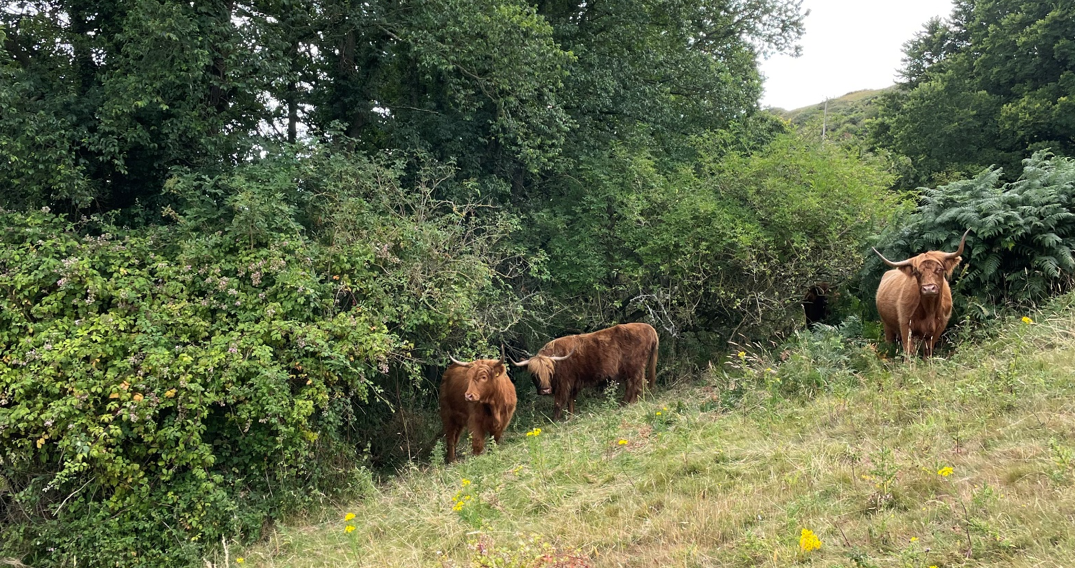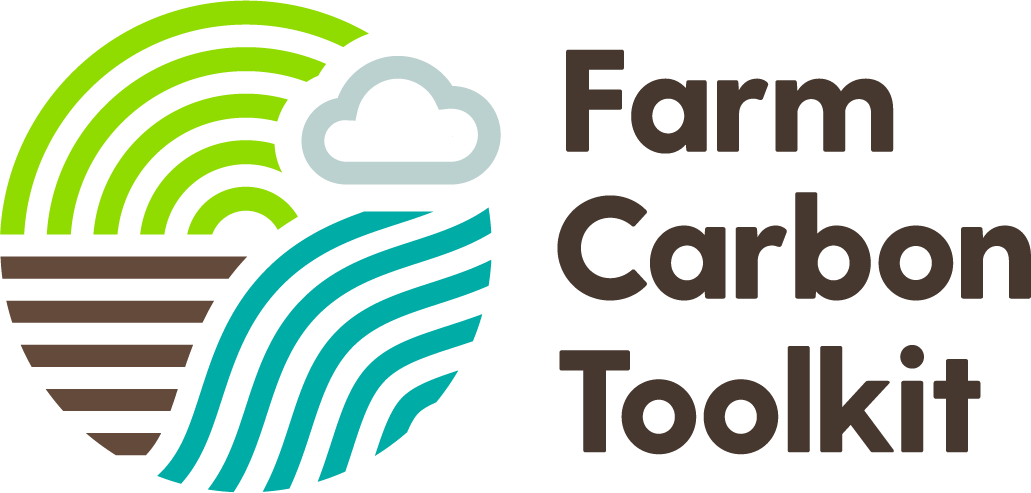
A Farm Net Zero event held in July 2022 at Campbell Hill.
Conservation grazing is a valuable tool for improving biodiversity in a variety of habitats. Farm Net Zero Monitor Farmer, Campbell Hill, has about 70 acres of clifftop grazing land on the edge of Looe as part of his tenancy. Here, he grazes Highland, Galloway and Whitebred Shorthorn suckler cattle. Calves produced from this enterprise are achieving a daily liveweight gain of 0.65-0.7kg/day and are then finished on the better grazing and silage of the main holding. A group of farmers and environmental advisors joined Campbell to discuss the options for effective management of the site. This event was made possible with thanks to the National Lottery Community Fund who fund the Farm Net Zero project.
Gerald Babcock, a farmer from West Penwith whose Whitebred Shorthorn cattle conservation graze 1500 acres for Cornwall Wildlife Trust and the National Trust, gave an insight into how his business works by making use of environmental payments. There are several conservation grazing options within Countryside Stewardship that Gerald makes use of, the main two are the Lowland Heath Management (£335/hectare) and Pedigree Native Breeds at Risk (£142/hectare) payments.
Mike Ingram from the Farming and Wildlife Advisory Group explained that the way cattle graze produces a mosaic of habitats that supports flowering plants and provides refuge for insect life which in turn feeds birds and the wider food-web. Grazing also prevents the total encroachment of bracken, gorse and other scrub species; although these have a significant biodiversity value, a variety of habitats is best for a greater range of wildlife.
Key takeaways:
- Native suckler cattle on conservation grazing can produce a valuable calf cost-effectively
- Grazing is a useful tool for producing a variety of habitats, boosting biodiversity.
With changes to agricultural subsidy including a shift towards more environmental payments, there is the potential for conservation grazing to become a useful part of farm businesses. By providing farmers with a viable business option, conservation grazing protects important habitats which benefit wildlife but can also act as a carbon sink in plant biomass and soil carbon storage.

